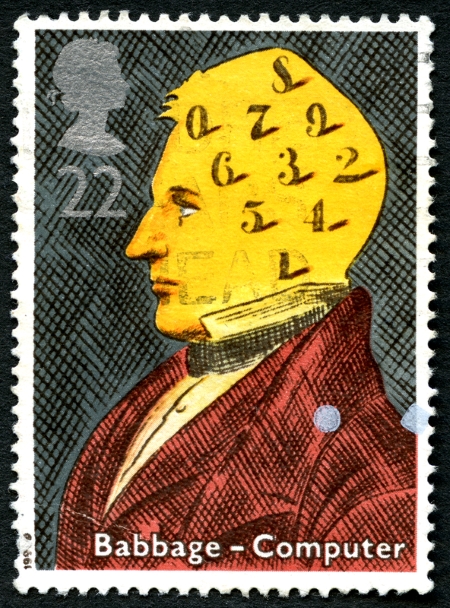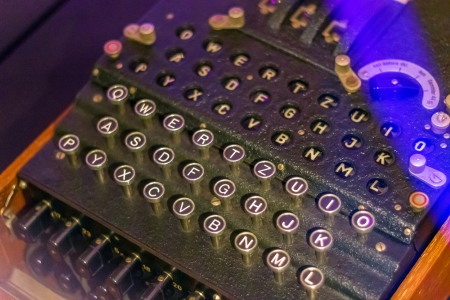Famous Fathers might seem to be a strange topic for an ER Optics blog, but as you know, Father’s Day 2023 is just around the corner. Our most famous fathers are individualized by each of us in our own lives with dads and father figures. Famous Fathers are everywhere. Of course, they have different degrees of fame.
Thus, in honor of Father’s Day, ER Precision Optics dedicates this entire week to Dads. Likewise, we honor all of our Father figures as well as the Famous Fathers of Science. Although you might not know them, but the Fathers of Science and Technology are woven into the fabric of modern life. You just might not realize their significance.
Introducing the First of our Famous Fathers of Science: Antoine-Laurent Lavoisier

ER Optics Brings You a Special Salute For Famous Fathers of Science in Your World and in Your Family.
There might be a few other contenders for the title of The Father of Chemistry,(1743—1994,) but that would be a controversy for a different blog. However, many give Antoine-Lauren Lavoisier the credit for being the Father of Chemistry.
- Fortunately, he introduced the law of conservation of mass. He established the law of conservation of mass.
- Then he determined that “combustion and respiration are caused by chemical reactions with what he named “oxygen…” He created the name from the Greek word for “acid former.”
- With the invention of this word, Lavoisier “expressed his theory that oxygen was the acidifying principle within the name, air. He even proved water was made of hydrogen and Oxygen. Therefore, we honor this Famous Father of Chemistry for standardizing many chemical names.
Father’s Day Honor: Famous Fathers of the Computer

We Salute Charles Babbage, the Father of Computers.
The Famous Fathers of the Computer include two choice favorites. One comes from the distant past, and the other from more modern times. The first of the famous fathers of the computer was Charles Babbage.
Presenting The First of Our Two Famous Fathers of Computer Science: Charles Babbage, Father of the Computer
It’s hard to imagine that a man who lived from 1701—1817) could create a computer. Babbage pioneered the first computer. He named it the automatic computing engine.
However, he did not construct it. 153 years later, scientists finally built it. Faithfully fashioned from his meticulous original drawings, it consists “of 8,000 parts. It weighed “five tons, and measures 11 feet long.” Although it made errors, it was an admirable design.” Additionally, it still mirrors some of the same physical features as our own.
Superstar Among Famous Fathers: Another Father of Computers
We would also like you to know about Alan Turing, (1912-1954), another famous father of modern computer science. His story reads like a spy-thriller plus sci-fi screenplay. You might have seen a piece of it in several movies.
You see, Alan Turing helped us win WWII, by cracking the Nazi secret codes. His cryptographic decoding led the Allies to victory. With his decryption of the enemy’s plans, he saved untold numbers of soldiers.
Then, in 1950, he authored a famous article, asking “Can Machines Think?” Turing used Algorithms before we gave them a name. Thus, he laid the foundation for today’s AI.
Fathers of Science and Technology: Our 21st Century Legacy

The Famous “Turing” Decoding Machine.
There are some fathers of science that have remarkably familiar names. Almost every school child knows Benjamin Franklin is the Father of Electricity.
Michael Faraday lives on as the Father of Electronics. And we can all appreciate the gifts of Galileo Galilei who is also known as the Father of Physics. The List continues ad infinitum, giving 21st-century civilization a rich inheritance of fathers to honor and appreciate on Father’s Day.
Of course, we know it is our own fathers and father figures who will get all the cards, gifts, and special outings. This week we hold them in our hearts.
Now you know your fathers share a legacy with the fathers of science. In Isaac Newton’s words, “If I have seen further, it is because I have stood on the shoulders of giants.”
Happy Father’s Day from ER Precision Optics to all of your fathers of science and all of your family giants!


